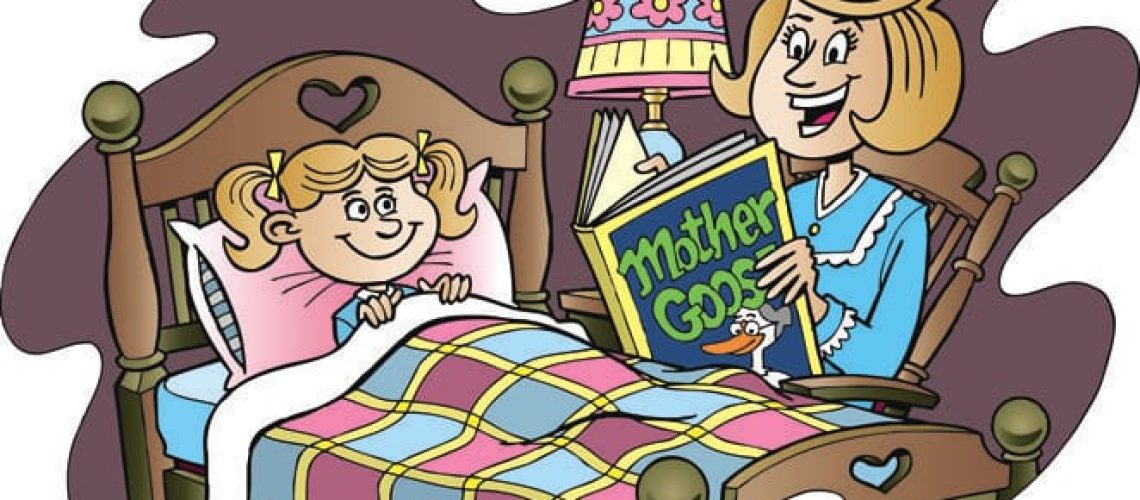Since most of us were small children we have been fascinated with stories. From Dr. Suess to the brothers Grimm, we have all been captivated at one point or another by a great story. We use stories on a daily basis. Whether we are telling tall tales about our weekend to co-workers on Monday or embellishing on that last great fishing trip, we have all tell stories on a regular basis. Think about the last great story you heard or told. How did it make you feel? Did you feel a connection with the story teller? Did you get engaged and activate your imagination becoming part of the story?
Storytelling is a real art form and as it turns out it is one that we, as sales professionals, should work hard to master. You see, researchers at Princeton University have found that stories can create a coupling of brain activity between the speaker and the listener. They coined the term neuro-coupling to describe this. They found that brain activity was mirrored between the speaker and the listener.
Uri Hasson, an assistant professor in Princeton’s Department of Psychology and the Princeton Neuroscience Institute, says “The stronger the coupling between the speaker and the listener’s brain responses, the better the understanding,” he said. “Sometimes when you speak with someone, you get the feeling that you cannot get through to them, and other times you know that you click. When you really understand each other, your brains become more similar in responses over time.”
This is important when trying to build a bond with our customers and gives us another mechanism to strengthen that bond using stories about our past customer experiences with our product or service. As a sales professional it is important to have a repertoire of stories related to your product or service to draw from depending on what your customer interaction is at any given time. For us as a mortgage broker this can mean finding stories to illustrate some of the product options available or finding stories to allay your prospects concerns over rate or lender selection. Let me give you an example of a story that I have used for years to convey the options available with respect to the length of the mortgage term and fixed vs. variable rate.
Many years ago I sat with a couple at their kitchen table and talked mortgages. We talked about options such as fixed rate , variable rate, open, closed, long-term or short term. The couple was in their early fifties and buying their dream home that they fully expected to retire in. After minimal explanation of the different options available the wife looks at me and says “What is your 25 year rate?”. I responded with “Let me explain the difference between term and amortization…”. She stopped me and said “No, I understand that. What is your 25 year, fixed rate mortgage at?”. Well, at that time we did have a lender that offered such a product. I replied and told her that the current rate would was 6.75%. She said “Perfect, what would our payment be at that rate?”. I responded and told her what her payment would be and then went on to explain that a shorter term or even variable rate might be worth looking at as it could significantly reduce the interest rate. She listened and politely replied “Mike, I understand all that. No offense but, I never want to have to see you again.” Well, I wasn’t quite sure how to take that but I understood what she was getting at. For them it was a comfort level thing. She went on to say that they knew they could afford that payment now and they could afford that payment when they retired. “Make it happen” she says. So I did. That was the only 25 year product I ever sold in my 20 years as a mortgage broker. Now is that a strategy I would recommend for anyone? Not likely, but the story illustrates the decision making process when looking at fixed vs. variable and longer term vs. shorter term.
Find stories from your personal experiences that relate to your sales process. Keep them authentic but practice and refine them and build an inventory for all occasions. We all know intuitively that stories make things more interesting but it is nice to know that there is science to back up the power of story in your client interactions.
